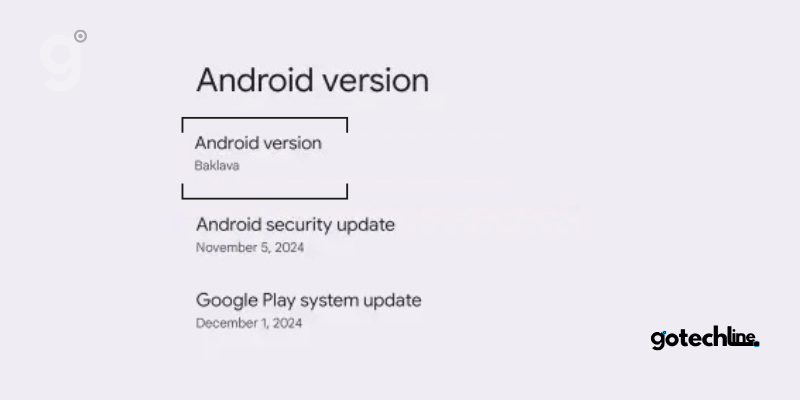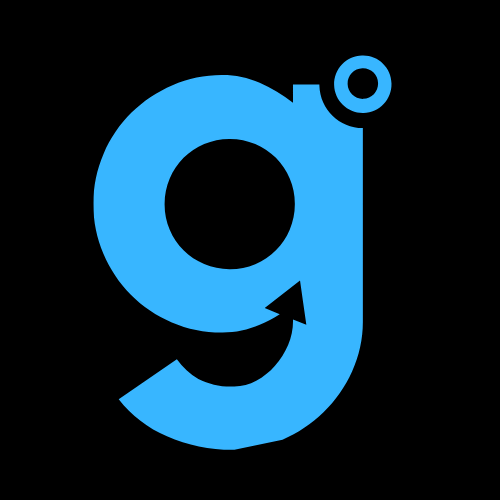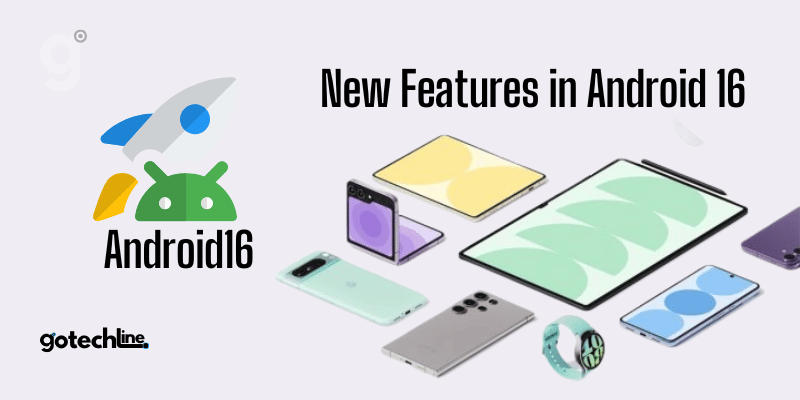As many of you might still be waiting for Android 15 to roll out on your Android devices, Google has already started launching the developer preview of Android 16. This mid-season update brings substantial improvements and some hidden changes.
Now that it’s available as the first public beta, let’s dive into all the new features Android 16 has to offer.
1. Android 16 “Baklava” Is Here
In October, we reported that Google would be abandoning the long-established naming scheme and starting fresh. The first Android 16 developer preview confirmed this.

As you can see, Android 16 is officially codenamed “Baklava” in the “About Device” section. Baklava is a Middle Eastern dessert made of layered pastry with chopped nuts and sweet syrup.
2. New Settings Page Design
This update also brings a much-needed redesign to the Settings page. The new segmented layout makes it easier to find the options you’re looking for.
You’ll notice that the Google Account page has been moved up, similar to iOS. The “About Phone” and “System” settings are no longer at the bottom but are now positioned above “Security & Privacy.”
3. Bluetooth Audio Sharing Feature
Bluetooth Audio Sharing has finally arrived in Android 16 (and hopefully, it stays that way). This feature allows you to listen to audio with multiple Bluetooth headphones at the same time. However, you’ll need Bluetooth LE-supported earbuds to use this feature.
4. Enhanced Bluetooth Menu
The second developer preview introduces a more refined Bluetooth menu. Now, you’ll see a PNG of connected and saved Bluetooth devices if available in Google’s database.
Tapping on “Device Details” will also show a new circular battery indicator around the device itself.
5. Notification Cooldown Returns
Notification Cooldown first appeared in Android 15 DP1 but was removed in the next update. Now, the feature returns in Android 16 DP1 with an improved menu that clearly shows how it works.
6. New “Focus” Mode Replaces Do Not Disturb
Taking a cue from iOS’s “Focus” approach, Google has replaced “Do Not Disturb” with a new “Mode” option in Settings.
Not only can you manage DND as usual, but you can also create custom modes with icons and set their behavior according to your preferences.
7. Live Updates Feature
Many smartphone manufacturers have tried to replicate Apple’s Live Activity feature from iPhone 14 Pro, with OnePlus and Samsung rolling out similar features. However, neither had third-party support, limiting its functionality.
Android 16 Beta 1 introduces support for live updates, allowing apps to share notifications for ongoing tasks. You’ll be able to see progress bars, like for deliveries or navigation.
8. Enhanced Now Playing Feature
There’s a new “Enhanced Now Playing” option in the Android 16 DP2 settings menu. This feature automatically fetches album covers for all recognized songs. You can also choose your default music player to play recognized songs directly.
9. Support for APV Codec
Mobile cameras are getting better every day, and to maximize their capabilities, Android 16 adds support for the APV codec. This codec offers near-lossless video quality, developed by Samsung, and includes features like multi-view video, HDR 10+, and more.
10. Fingerprint Unlock with Screen Off
Android 16 also makes use of the ultrasonic fingerprint sensor included in the Pixel 9 series. Google is testing a “Unlock Fingerprint When Screen Off” option in Android 16 DP2, allowing you to unlock your device with your fingerprint even when the screen is off.
11. Redesigned Wi-Fi Sharing QR Code
Android 16 also changes the visual design of the Wi-Fi sharing QR code. Previously a dull square, it is now animated and has a more rounded, visually appealing design. No practical reason has been given for this change; it seems to be purely aesthetic.
12. Resizable Apps on Tablets and Foldables
With Android 16, Google is stepping up its game for developers by no longer restricting apps to the same dimensions as smartphones when used on larger screens. This change will help resolve issues where apps look awkward when used on tablets or foldables.
13. 7-Day Privacy Dashboard
The Privacy Dashboard in Android now shows a graph of which apps and permissions have been accessed in the last 24 hours. In Android 16, this dashboard can now display data from the last 7 days to give you a better understanding of app behavior.
14. Built-In Photo Picker
Since developer previews are aimed at app developers, this new update brings a new API for a built-in photo picker. This tool, introduced in 2013, is a pop-up menu that allows you to select specific photos or videos to upload to an app instead of giving it access to all your files.
15. Health Connect App Improvements
If you use Google’s Health Connect app, there are some major updates for you. The app now allows other apps to read and write your medical records in the FHIR format (Fast Healthcare Interoperability Resources) in Android 16 DP1. This standard enables the exchange of electronic health records across apps, but users must grant permission for access.
16. Predictive Back Gesture API Expands
Android 16 introduces a new API that requires third-party apps to support the predictive back gesture, which was first introduced in Android 15. Apps targeting Android 16 will need to include animations that help you navigate back to the home screen, cross tasks, or switch activities more seamlessly.
17. New API for Third-Party Apps
Android 16 introduces new APIs to give third-party apps greater control over your phone’s touch interactions. You can expect haptic feedback similar to the system settings in your phone. There’s also the new Night Mode Indicator API, allowing apps like Instagram and Snapchat to adjust photos taken in low-light conditions, similar to native camera apps.
18. Changes to Privacy Sandbox
Finally, Google has introduced a Privacy Sandbox module for Android with this new release. They’ve mentioned the inclusion of the latest version but haven’t disclosed specific changes within the Privacy Sandbox yet.


